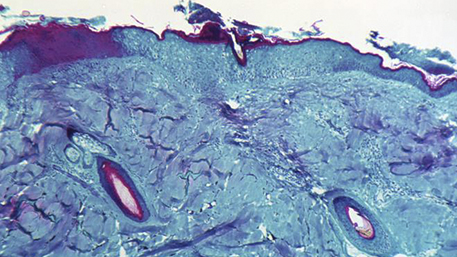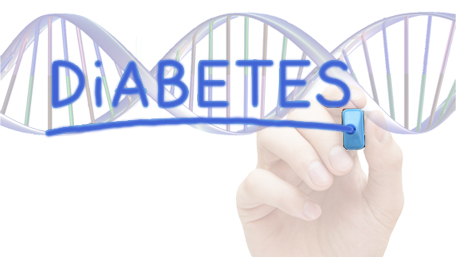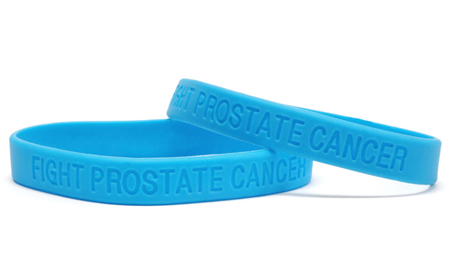
07/28/2022
Hot Topics of the Day are picked by experts to capture the latest information and publications on public health genomics and precision health for various diseases and health topics. Sources include published scientific literature, reviews, blogs and popular press articles.
Sign up MyPHGKB to receive the daily hot topic email alert.
Archived Hot Topics of the Day By Date
Detection of monkeypox viral DNA in a routine wastewater monitoring program
MK Wolfe et al, MEDRXIV, July 26, 2022
Precision Medicine in Diabetes, Current Research and Future Perspectives
R Franceschi, J Per Medicine, July 28, 2022
Insight into how patients with prostate cancer interpret and communicate genetic test results: implications for families.
Leader Amy E et al. Journal of community genetics 2022 7
Identification of robust deep neural network models of longitudinal clinical measurements
H Javidi et al, NPJ Digital Medicine, July 27, 2022
Modelling the impact of Omicron and emerging variants on SARS-CoV-2 transmission and public health burden
EA Le Rutte et al, Comm Medicine, July 25, 2022
Disclaimer: Articles listed in Hot Topics of the Day are selected by Public Health Genomics Branch to provide current awareness of the scientific literature and news. Inclusion in the update does not necessarily represent the views of the Centers for Disease Control and Prevention nor does it imply endorsement of the article's methods or findings. CDC and DHHS assume no responsibility for the factual accuracy of the items presented. The selection, omission, or content of items does not imply any endorsement or other position taken by CDC or DHHS. Opinion, findings and conclusions expressed by the original authors of items included in the Clips, or persons quoted therein, are strictly their own and are in no way meant to represent the opinion or views of CDC or DHHS. References to publications, news sources, and non-CDC Websites are provided solely for informational purposes and do not imply endorsement by CDC or DHHS.
- Page last reviewed:Feb 1, 2024
- Page last updated:Apr 25, 2024
- Content source:






